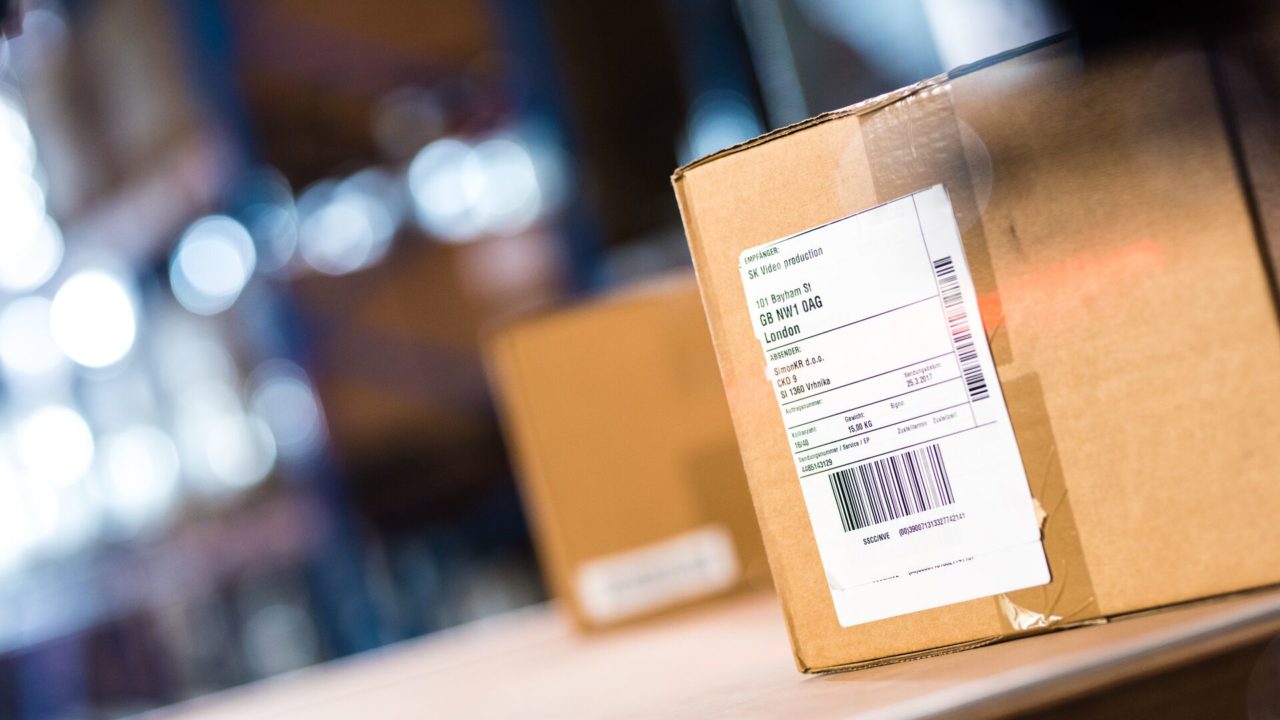
While ecommerce has been a lifeline for many retailers over the last 18 months, the inadvertent explosion of returns has manifested itself as a major pain-point too. These days many retailers are struggling to address how to get the vast volumes of goods bought online returned either to stores, pickup-points or distribution hubs accurately, and back into your inventory and ready to be sold again?
Minimising the financial costs and logistical challenges of the ongoing ecommerce wave is certainly a primary factor for brands all over the globe, but there are other motivations to consider too, including potential benefits to the overall customer experience.
THE FINANCIAL IMPLICATIONS OF RETURNS
In the USA alone, consumers returned over $101 billion worth of merchandise bought during the 2020 holiday season according to recent data from the National Retail Federation.
While in another recent study from Retail Economics, it was revealed that UK consumers returned over 17% of the online clothing & footwear purchases on ecommerce sales across the whole of 2020, compared to a returns rate of less than 12% for store purchases. As a whole, this meant that retailers dealt with £4.3bn of returns across physical stores & online purchases in 2020.
The report also discovered that the Gen Z age group (18-24) was the most prolific age group of returners, particularly for online purchases. As a comparison, like-for-like online orders for Gen Z returns doubled the entire value of apparel purchases compared for the over 65s age bracket.
The true cost of trading online is being weighed heavily by higher return rates compared to store sales. This also comes on top of a competitive digital landscape and a backdrop of a rising cost per acquisition for online customers too.
In the USA, processing online returns can cost anywhere between $10 & $20, & that’s not taking into consideration freight charges. For items under a certain price point or large items that may incur hefty shipping charges (that merchants can’t pass off to consumers), the cost-saving benefits of simply allowing consumers to keep certain items is a possibility as demonstrated over the US holiday period with Walmart & Amazon.
The variability of online costs is putting pressure on traditional retailers to pivot their propositions and streamline legacy fixed costs. In doing so, retailers are increasingly opening their minds to digital investment, technologic advancements (such as microservice architecture and automation) to ease costs and increase overall supply chain agility.
CUSTOMER EXPERIENCE & THE RETURNS PROCESS
Let’s consider customer experience for a moment now. Over the course of the last year, most of us will have experienced the excitement and let down of opening a new item of clothing delivered to the front door, only to find that it doesn’t fit or look quite as you had expected when you ordered it online, followed by the lethargy of realisation that you’ll need to return it.
According to a December 2020 survey conducted by CivicScience, one in four consumers said that having to drop off packages at a mail facility or collection point (especially during the pandemic), is a major pain point when trying to return online purchases.
As is often the case, the returns process can regularly make or break the overall brand experience and savvy retailers are increasingly viewing the return process as an opportunity to further engage with customers, providing as it does, an additional touchpoint to enhance the overall customer experience.
BALANCING RETURNS WITH ENVIRONMENTAL IMPACTS
Returns come with environmental baggage too, in the form of boxes, plastic bags, bubble wrap, and other packaging, not to mention the added carbon footprint associated with additional courier and freight journeys.
If a returns process can be streamlined and economised, brands can make significant, positive and meaningful environmental gains. And, at a time when there is an increasing shift in the consumer psyche towards environmentally aware and responsible brands, this is not something that can simply be ignored when it comes to returns.
Retailers today need to have greater visibility and more intelligence around inventory (regardless of where it is currently residing in your network), smarter front-end omnichannel systems capable of efficiently dealing with customer enquiries and greater insight into data around transportation processes. These are key areas for brands going forward looking to solve challenges presented by the growing returns trend.
For more information on how your retail outlet can better manage returns processes, please visit: https://www.manh.com/en-sg
By Richard Wright, Managing Director, SEA, at Manhattan Associates

